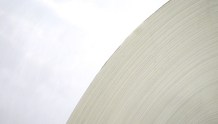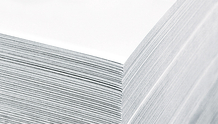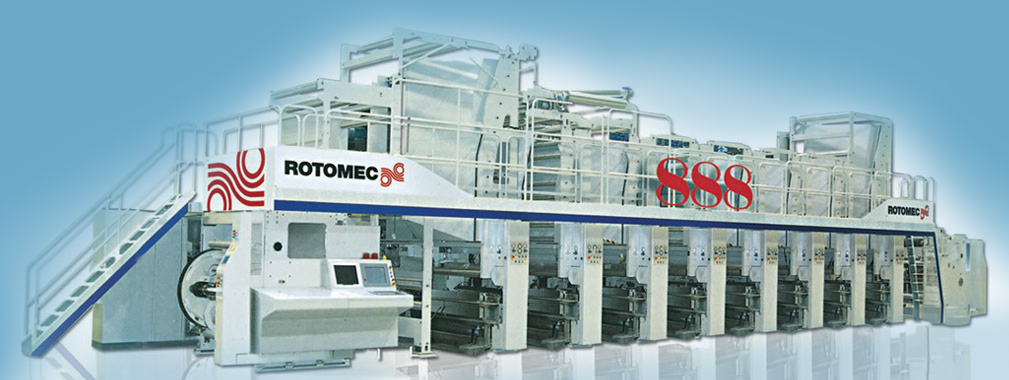Paper & Board Division
 |
PaperPaper is a fibre-based material produced from wood, rags or organic material. The types of paper used in the packaging and graphic arts industries typically use wood and/or recycled paper and board, which is then chemically or mechanically processed to produce cellulose pulp. This pulp is bleached and processed in a paper making machine to produce reels of paper which may optionally be coated or finished to provide a better surface and/or improved visual appearance. Paper may be between 0.07 mm and 0.18mm thick, with paper for printing and packaging applications generally being in a range between 60 and 120 gsm. The crossover point between paper and board is normally considered to be around 160 grams per square meter (gsm), as it is only at this level that a fibrous material is likely to be stiff and rigid enough to make a container. |
|
 |
Carton boardCarton board (also called cardboard, paperboard or solid board) is the name for a range of paper based materials that includes folding box board (FBB, GC or UC), solid bleached board (SBB, SBS, or GZ), solid unbleached board (SUB or SUS), white lined chipboards (WLC, GD, GT, or UD), some unlined chipboards, and certain laminated boards. To manufacture carton board, fibrous material, either from trees, recycled paper, or a mixture of the two, is turned into pulp. It is then bleached and processed in a board making machine to create a board consisting of one or more layers, which may optionally be coated to provide a better surface and/or improved visual appearance. |
Our one and only valuable client since 1983
|
 |




